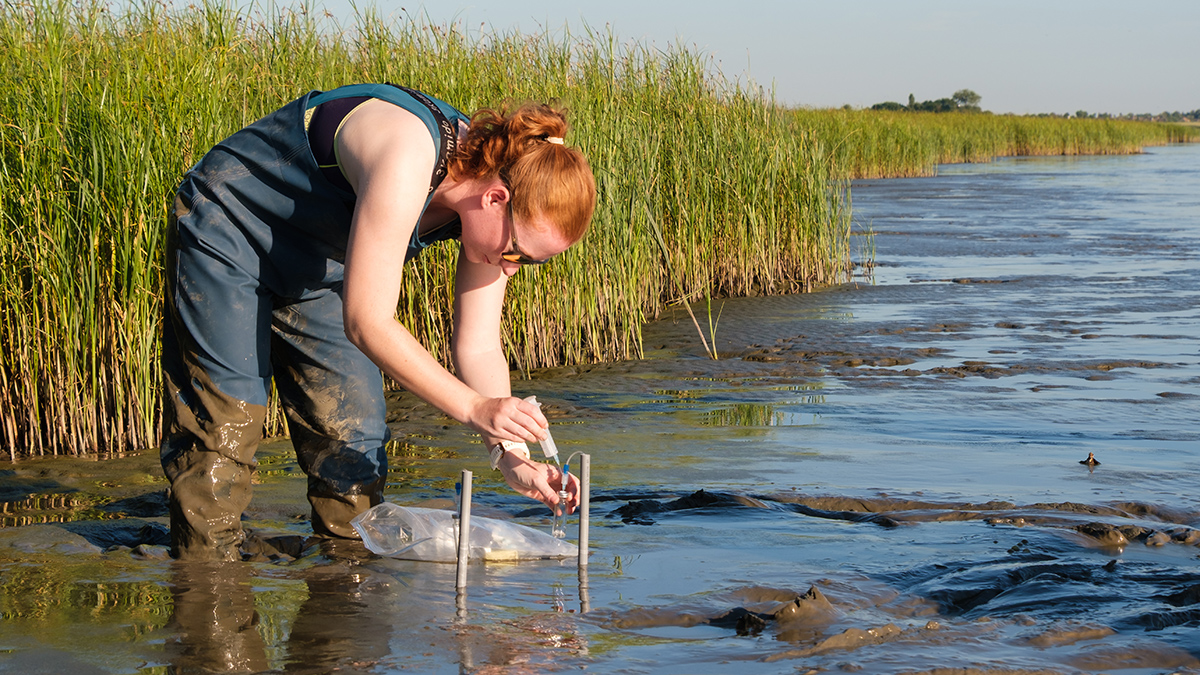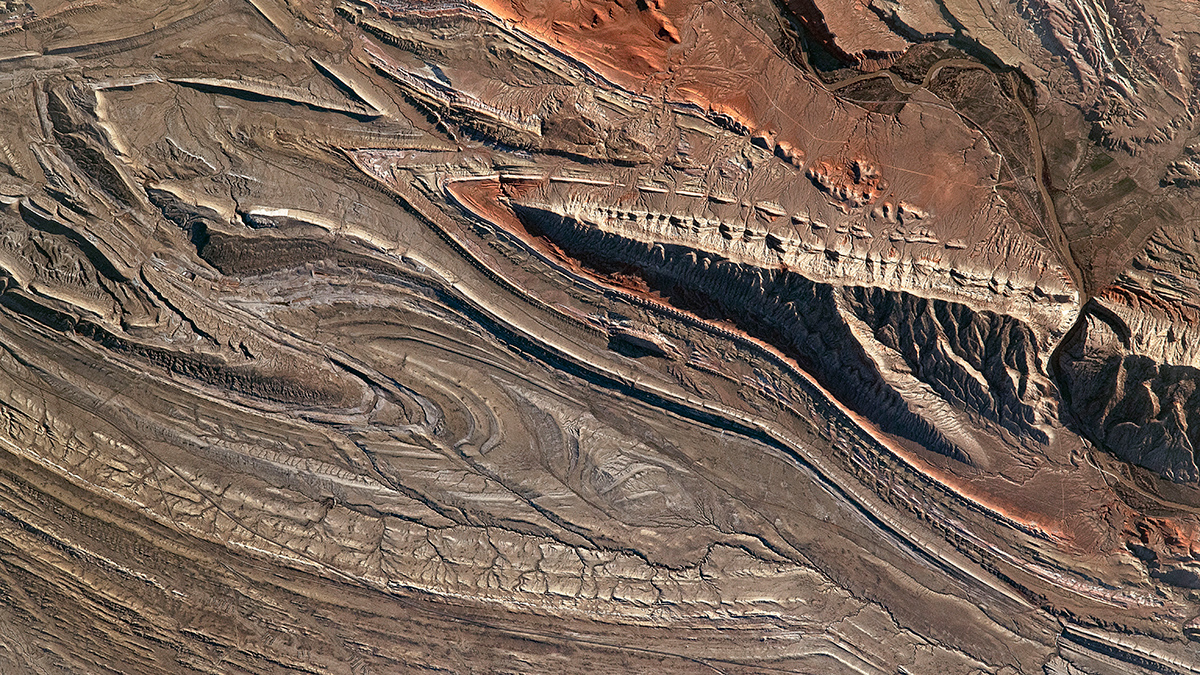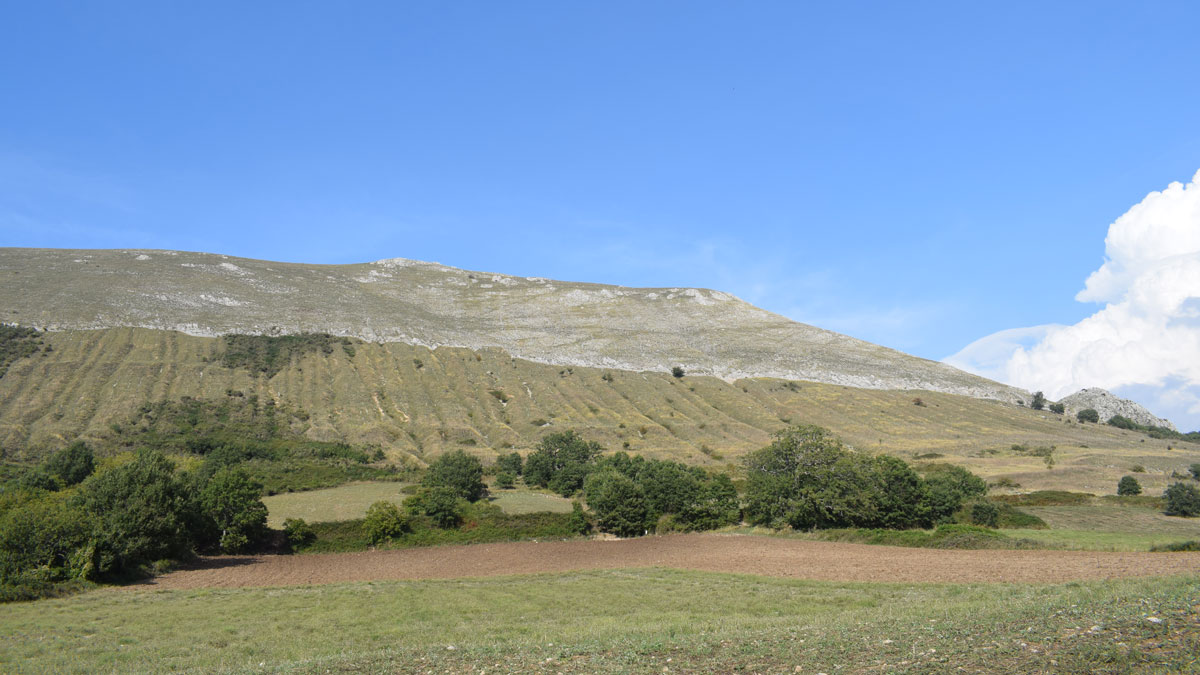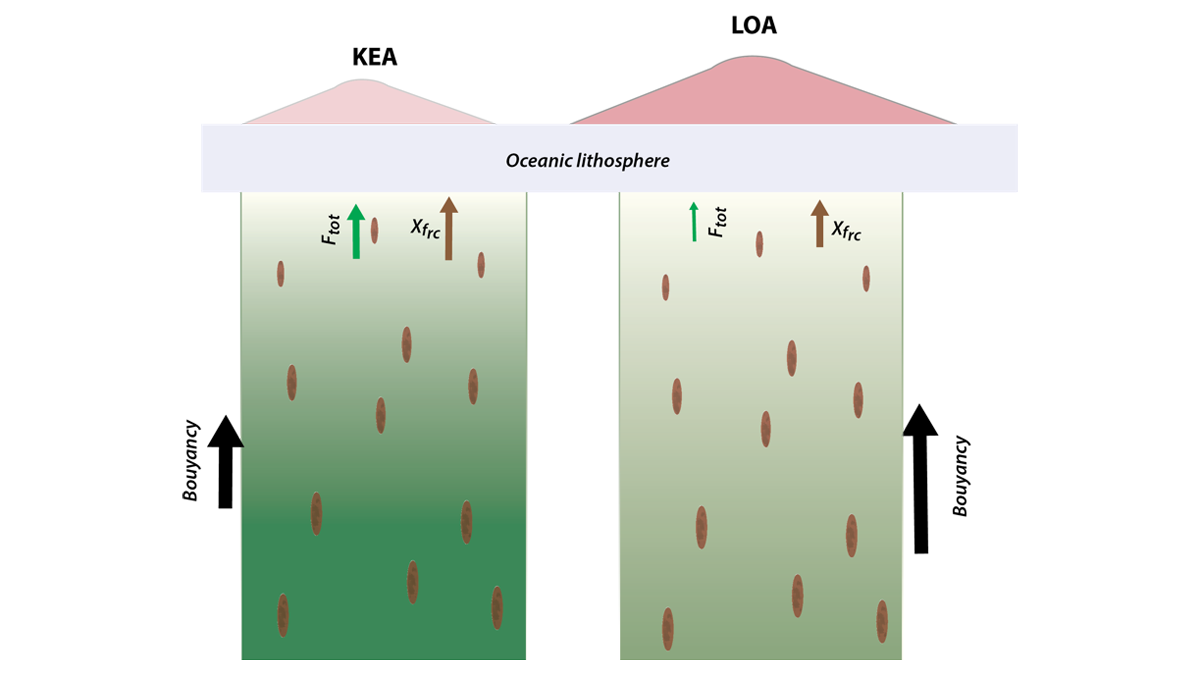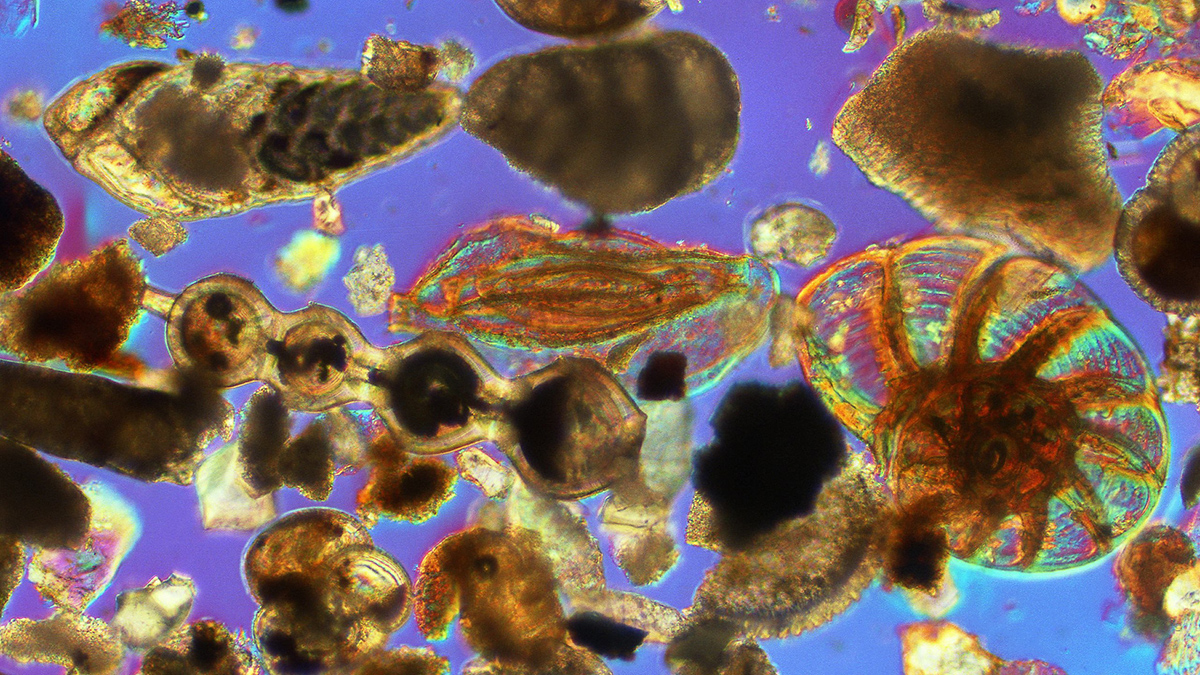A new method that adds synthetic iron minerals to soils sheds light on hard-to-observe soil and sediment processes and may have a host of other applications in the Earth sciences and beyond.
isotopes
Un antiguo evento de calentamiento podría haber durado más de lo que pensábamos
Una nueva investigación sobre el Máximo Térmico del Paleoceno-Eoceno usó análisis probabilístico para entender mejor su duración y sobre cuánto tiempo podría afectar el calentamiento moderno al ciclo del carbono.
Finding Consensus on Arctic Ocean Climate History
Understanding the effects of a “blue” Arctic Ocean on future climate requires a coordinated effort to study Earth’s past warm periods using a variety of classical and cutting-edge methods.
Coupled Isotopes Reveal Sedimentary Sources of Rare Metal Granites
Using coupled isotopes, a new study shows that a class of economically important granites are derived by sediment melting without mantle input.
Isotopes Map Hailstones’ Paths Through Clouds
Hailstones have been said to bounce up and down through clouds as they grow. A new study found that many stones take much simpler paths.
An Ancient Warming Event May Have Lasted Longer Than We Thought
New research on the Paleocene-Eocene Thermal Maximum used probabilistic analysis to learn more about its duration and how long modern warming could affect the carbon cycle.
Isotopes Unearth History of Earthquakes in the Apennines
Dating of cosmogenic chlorine isotopes yields long-term estimates of fault activity in Italy, showing that periods of earthquakes and quiescence alternate over millennia.
Taking Our Paleoceanographic Tools to the Next Level
A new modeling study shows that to accurately interpret data derived from an iconic proxy of past Atlantic overturning strength, we must consider the complex factors governing the proxy systematics.
Hawai’i’s Depleted Peridotite Delivers More Magma
The source for the isotopically-enriched Hawaiian magmas contains peridotites that experienced near-surface melting prior incorporation in the plume.
Getting to the Bottom of Cenozoic Deep-Ocean Temperatures
Reconstructing past ocean conditions with oxygen isotopes could provide more information about how Earth’s climate evolved over time, but methods for reconstructing these data can yield varying results.

